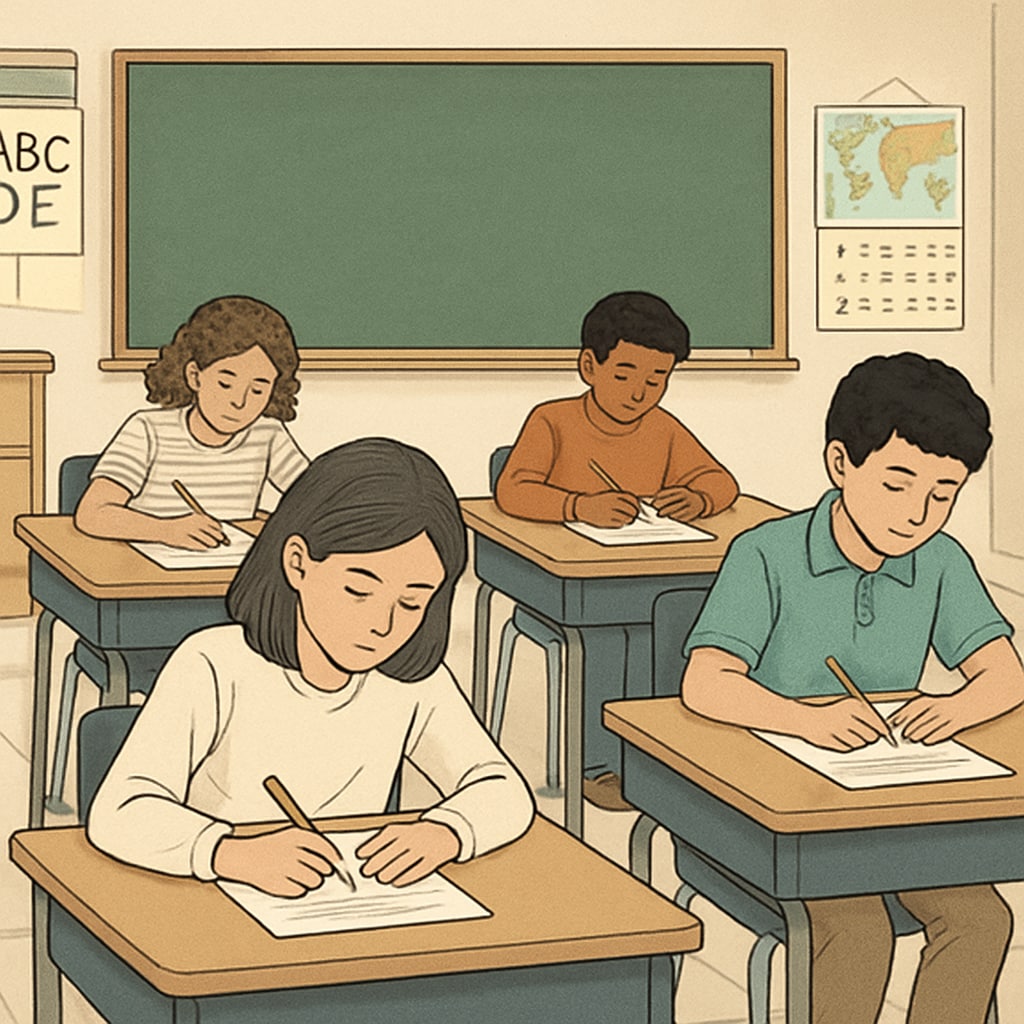The selection process for gifted classrooms often emphasizes standardized tests and short-term academic performance, inadvertently excluding ADHD students with extraordinary potential. While intended to identify exceptional learners, the reliance on rigid criteria fails to recognize the diverse ways in which brilliance manifests. ADHD students, who excel in creativity and problem-solving, are frequently marginalized by this system, resulting in untapped genius and missed opportunities.

ADHD and the Limitations of Standardized Testing
Standardized testing is widely used in education systems to assess student abilities, but its design often overlooks neurodiverse learners, such as those with Attention Deficit Hyperactivity Disorder (ADHD). ADHD students may struggle with sustained focus during timed exams, leading to lower scores that fail to reflect their true intellectual capabilities. For example, ADHD on Britannica highlights how these students often excel in unconventional problem-solving but falter in structured settings.
Furthermore, standardized tests prioritize memory recall and linear thinking, disregarding traits like creativity, lateral thinking, and resilience—all hallmarks of ADHD students. As a result, the reliance on these tests systematically excludes children who may otherwise thrive in enriched learning environments.

Recognizing Unique Talents in ADHD Students
ADHD students often shine in areas not captured by traditional metrics. For instance, their ability to think outside the box and approach problems innovatively makes them ideal candidates for gifted programs. However, current selection practices rarely account for these strengths. According to Gifted education on Wikipedia, many schools focus exclusively on academic performance and test scores, leaving no room for alternative assessments that might highlight the capabilities of neurodiverse students.
- Creativity: ADHD students often excel in artistic and imaginative pursuits, displaying talents that could flourish in a gifted classroom.
- Problem-Solving: Their unconventional thinking enables them to approach challenges from unique angles, offering innovative solutions.
- Resilience: ADHD students often develop strong coping mechanisms, which contribute to their potential for academic and personal success.
These qualities suggest that ADHD students could thrive in gifted programs if evaluated through more inclusive criteria, such as project-based assessments, teacher recommendations, or creativity tests.
Reforming the Selection Process for Gifted Classrooms
To create truly inclusive gifted classrooms, education systems must adopt reforms that recognize diverse forms of intelligence. This includes moving beyond standardized tests and embracing holistic approaches to student evaluation. For example:
- Multiple Assessment Methods: Incorporating creativity tests, project-based evaluations, and teacher observations alongside standardized tests.
- Neurodiversity Training: Educating teachers and administrators about ADHD and other neurodiverse conditions to better identify students’ potential.
- Flexible Placement Policies: Allowing students to join gifted programs on a trial basis, giving them opportunities to showcase their abilities in enriched settings.
These reforms could ensure that every child, regardless of learning style, has the opportunity to reach their full potential.
As a result, shifting the focus from short-term performance to long-term growth would benefit not only ADHD students but all learners. Inclusive education fosters a richer, more diverse intellectual environment, paving the way for future innovators and leaders.


